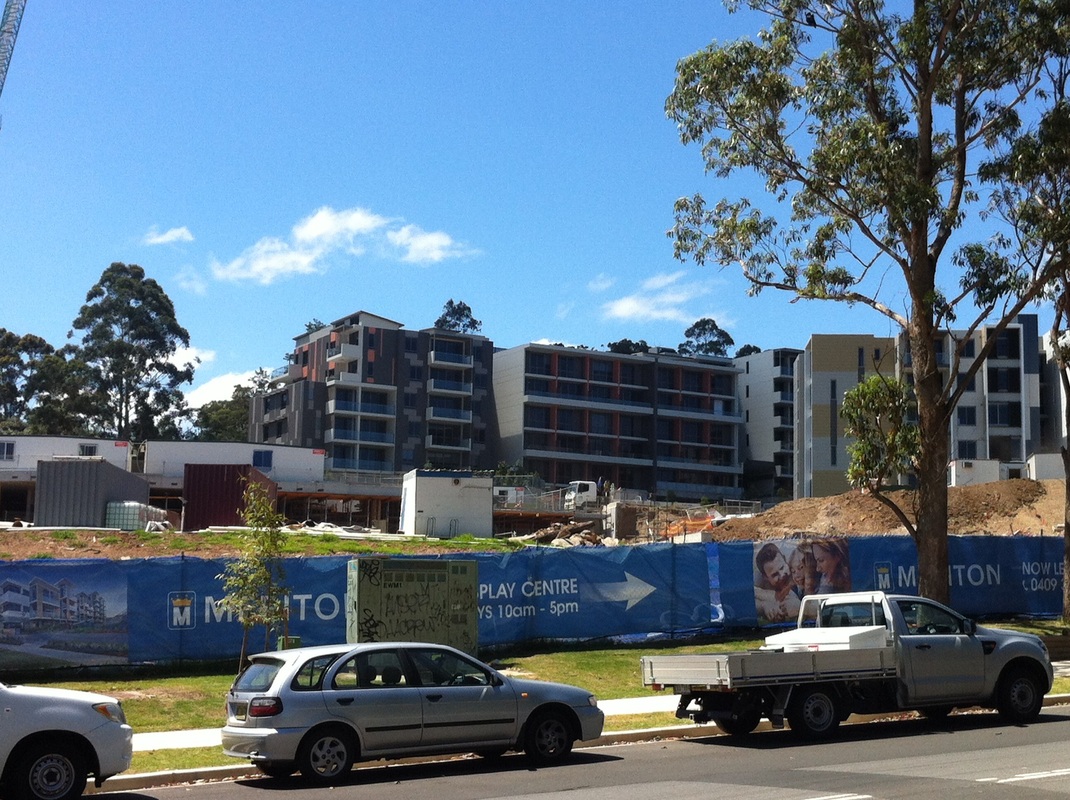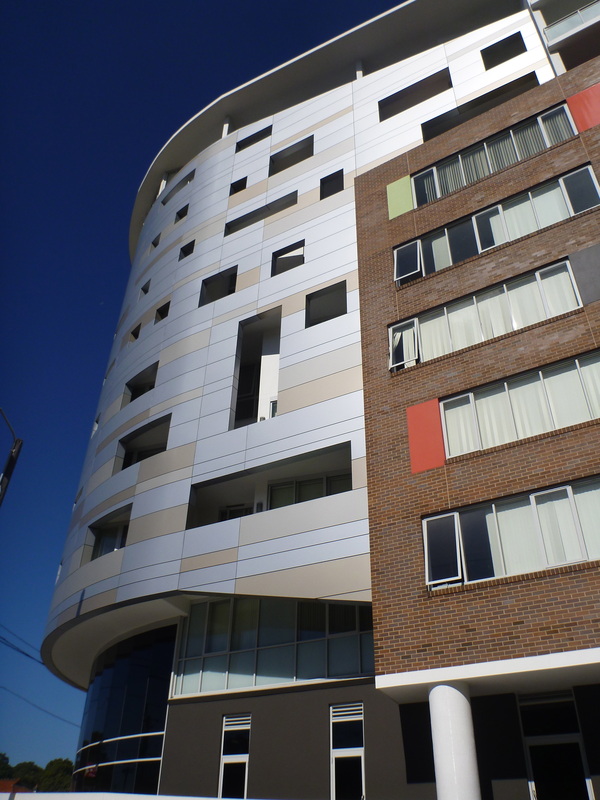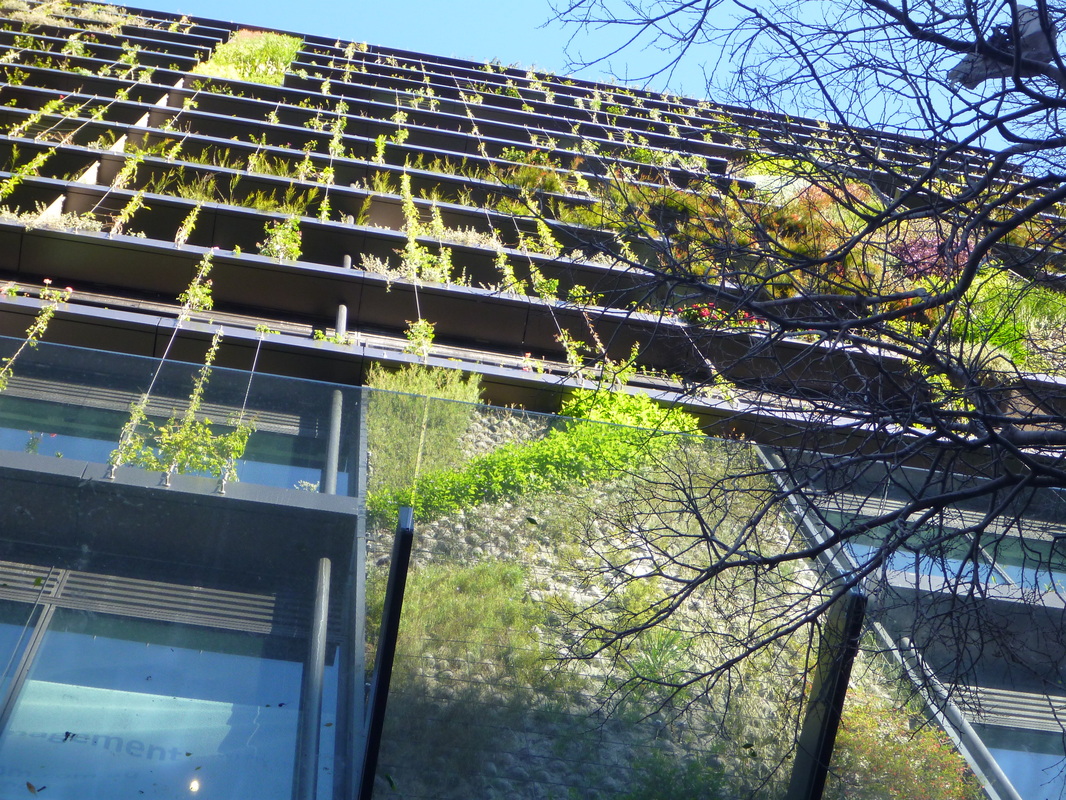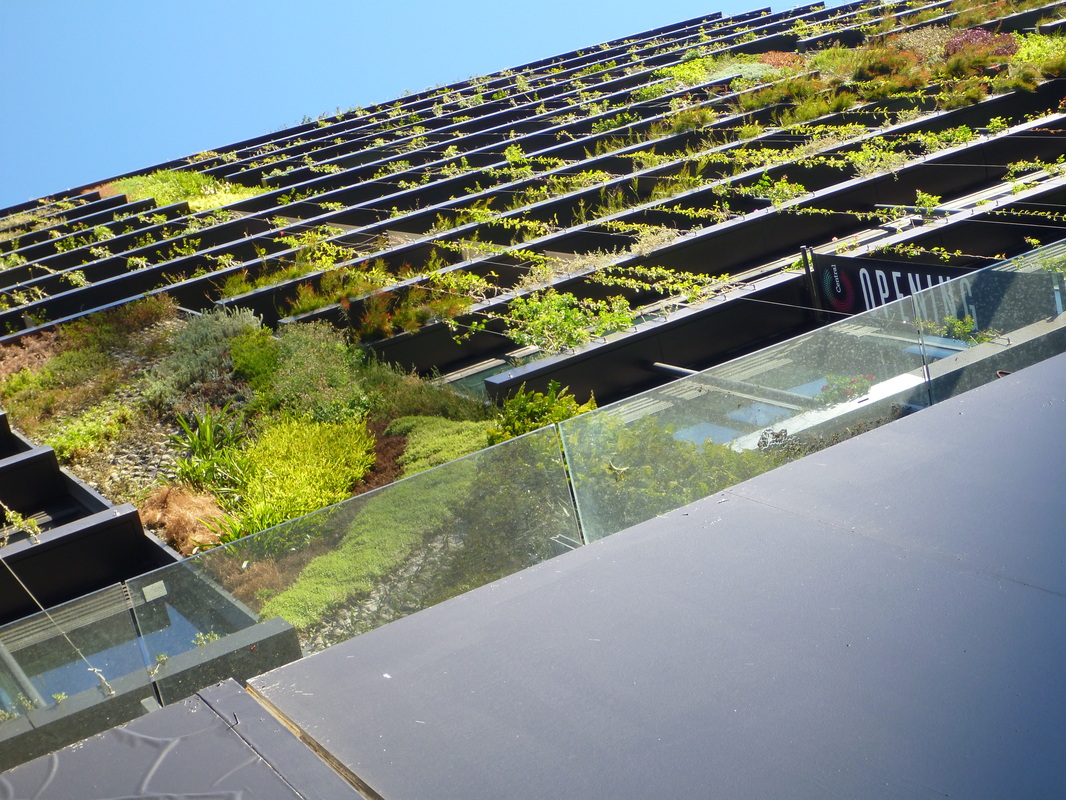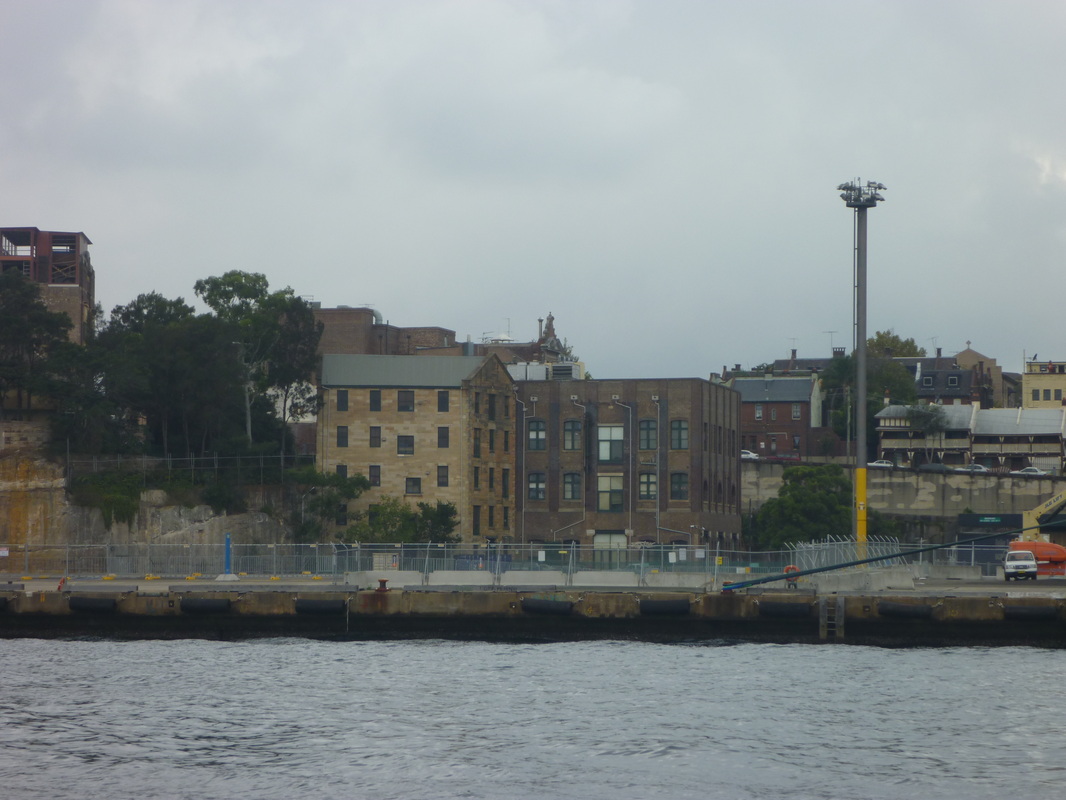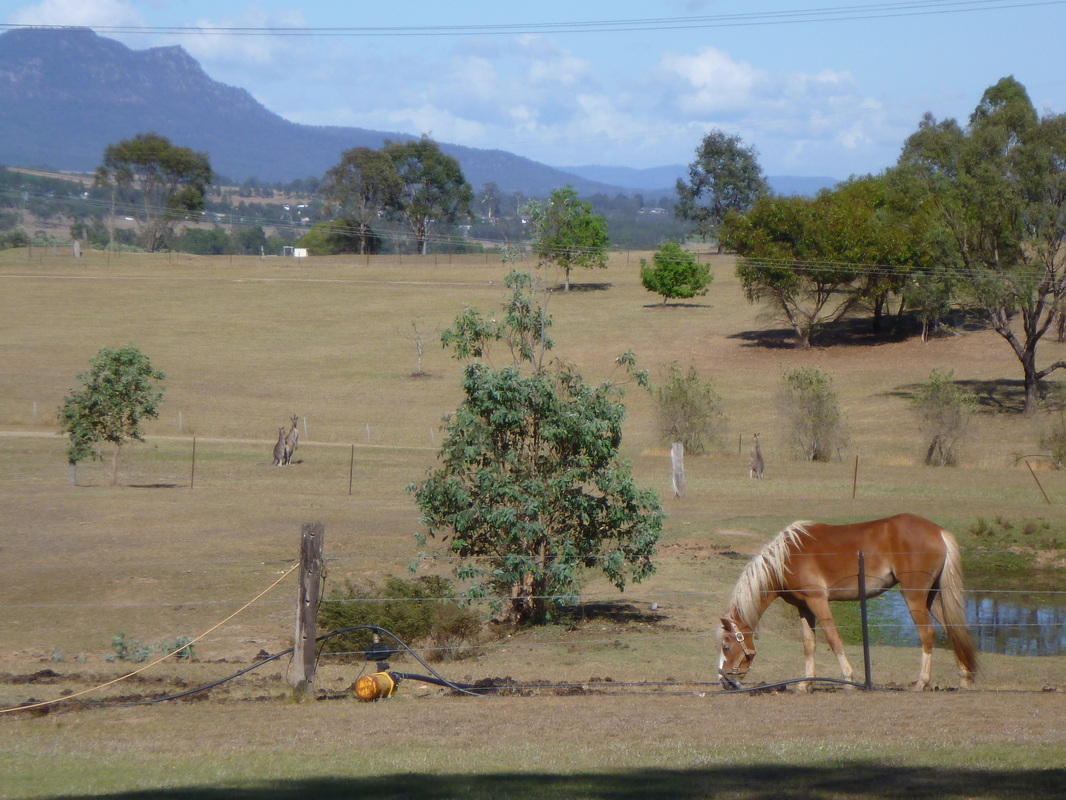Sydney - Urban dynamics
Suburbanisation
Since the 1960s, suburbs have become diverse economically, politically and culturally. Suburbanisation involved a movement or people to areas immediately next to large cities. This process has been helped by:
- the development of large regional shopping centres
- change in employment (working from home, businesses set-up in suburbs)
- contruction of expressways, public transport.
Suburbanisation refers to the continual development of housing in suburbs sprawling outwards from the outskirts of major cities. Suburbanisation is a response to the desire for the "Great Australian Dream" of the traditional quarter acre block, and is associated with low-density housing. It is contributed by young couples and families looking for affordable housing. IT has developed as a result of advancements in transport technology. The suburbs of Sydney originally developed along railway lines, but suburban regions continued to grow as the motor car became common place and major road networks developed. Suburbanisation is evident in outer-ring suburbs of Kellyville, Glenmore Park.
Suburbanisation has also resulted in the development of major suburban centres such as Parramatta, Penrith, Liverpool and Campbelltown.
Urban sprawl eats into Sydney's farmland
Where to draw the line on city sprawl
Suburban Sydney - Dictionary of Sydney
Green light for urban sprawl
- the development of large regional shopping centres
- change in employment (working from home, businesses set-up in suburbs)
- contruction of expressways, public transport.
Suburbanisation refers to the continual development of housing in suburbs sprawling outwards from the outskirts of major cities. Suburbanisation is a response to the desire for the "Great Australian Dream" of the traditional quarter acre block, and is associated with low-density housing. It is contributed by young couples and families looking for affordable housing. IT has developed as a result of advancements in transport technology. The suburbs of Sydney originally developed along railway lines, but suburban regions continued to grow as the motor car became common place and major road networks developed. Suburbanisation is evident in outer-ring suburbs of Kellyville, Glenmore Park.
Suburbanisation has also resulted in the development of major suburban centres such as Parramatta, Penrith, Liverpool and Campbelltown.
Urban sprawl eats into Sydney's farmland
Where to draw the line on city sprawl
Suburban Sydney - Dictionary of Sydney
Green light for urban sprawl
| sydney_journal_suburbanisation.pdf |
ConsolidationUrban consolidation rfers to the trend to increase population density in an area. It is a dynamic where either low-density dwellings (houses) are demolished or large former industrial buildings are gutted and renovated, and turned into medium- or high-density housing (units, flats). It is a trend which is most evident around transport nodes such as railway stations, and while it is particularly evident in areas of the CBD and coastal areas of Sydney, it is increasingly becoming popular in suburban areas that were traditionally low-density. Many Local Councils are now adopting urban consolidation policies. Examples include Burwood, Ashfield and Ryde.
|
Urban decay
Urban decay involves the deterioration of existing buildings and the subsequent degradation of surrounding areas. It can be the result of large scale change in the economic structure of a city, or may reflect the sociocultural standard of the inhabitants of the area. Areas of the inner city and particularly the inner west of Sydney have been affected by urban decay since the 1960s, when manufacturing industries move out to the suburbs to take advantage of cheap rents and new infrastructure. While many parts of these areas are no longer suffering from urban decay, suburbs such as Surry Hills and Redfern are examples where some examples of urban decay are evident.
Urban renewal
Urban renewal projects are common in inner city areas on the fringe of the CBD. Urban renewal is redevelopment of areas through means such as improving transport and commercial facilities, community services, landscaping and renovating or rebuilding dilapidated structures. Darling Harbour in Sydney was once a mass of old, run-down warehouses and a railway goods yard. The NSW Government began a project of urban renewal to make Darling Harbour into one of Sydney's main tourist attractions, with buildings of unusual or outstanding architecture. The Rocks is an earlier example of urban renewal in Sydney.
Example: Central Park
The Central Park development has turned a former brewery site into a renewed high-rise residential and commercial precinct. The old Carlton and United Brewery is the centrepiece of a $2 billion urban renewal project near Central Station. The development has incorporated a building of heritage significance while also including new high rise structures. The new structures incorporate vertical gardens designed by internationally renowned Patrick Blanc. (Photos below) Central Park website.
Example: Central Park
The Central Park development has turned a former brewery site into a renewed high-rise residential and commercial precinct. The old Carlton and United Brewery is the centrepiece of a $2 billion urban renewal project near Central Station. The development has incorporated a building of heritage significance while also including new high rise structures. The new structures incorporate vertical gardens designed by internationally renowned Patrick Blanc. (Photos below) Central Park website.
Decentralisation
While Sydney's CBD is an important centre, housing offices of global banking, finance and communications firms, it has also lost many of its office and administration functions to the suburbs. This suburbanisation of offices (or decentralisation) has occurred over more than two decades and has boosted the importance of centres such as Chatswood and Parramatta. This trend began before the 1980s, but the rapid increase in rents for high prestige CBD office space during the 1980s certainly accelerated movement of many companies and government departments to the suburbs.
There have been other reasons for the suburbanisation of offices in Sydney. Suburban centres are close to where people live. Those who provide services to people such as banks and government departments must be reasonably accessible to their customers. Suburban office locations are less congested; in many cases access is easier and on site parking is available. The suburbs also provide cheaper sites for business.
Retailing has been affected by the spread of people and work in urban communities, as it is very responsive to the movement of people. Prior to the 1960s, retailing in Sydney tended to be located in the CBD and along the street fronts of larger suburbs. Retailing has now become a largely suburban function, overwhelmingly located in large drive and park shopping centres.
There have been other reasons for the suburbanisation of offices in Sydney. Suburban centres are close to where people live. Those who provide services to people such as banks and government departments must be reasonably accessible to their customers. Suburban office locations are less congested; in many cases access is easier and on site parking is available. The suburbs also provide cheaper sites for business.
Retailing has been affected by the spread of people and work in urban communities, as it is very responsive to the movement of people. Prior to the 1960s, retailing in Sydney tended to be located in the CBD and along the street fronts of larger suburbs. Retailing has now become a largely suburban function, overwhelmingly located in large drive and park shopping centres.
Urban village |
Spatial exclusion
Living behind gates: are gated communities worth the extra money
Goodbye gated community: suburbanisation loses its shine
Gated communities in Sydney: A search for security
Behind the urban curtains
Exurbanisation
Activity
- Describe Sydney's size
- Describe Sydney's population density
- Describe the way in which urban sprawl first developed in Sydney
- Analyse the costs of urban sprawl
- Describe Sydney's population density
- Describe the way in which urban sprawl first developed in Sydney
- Analyse the costs of urban sprawl
